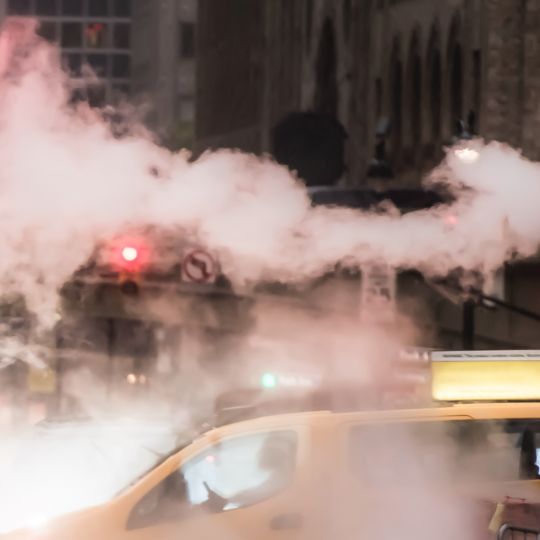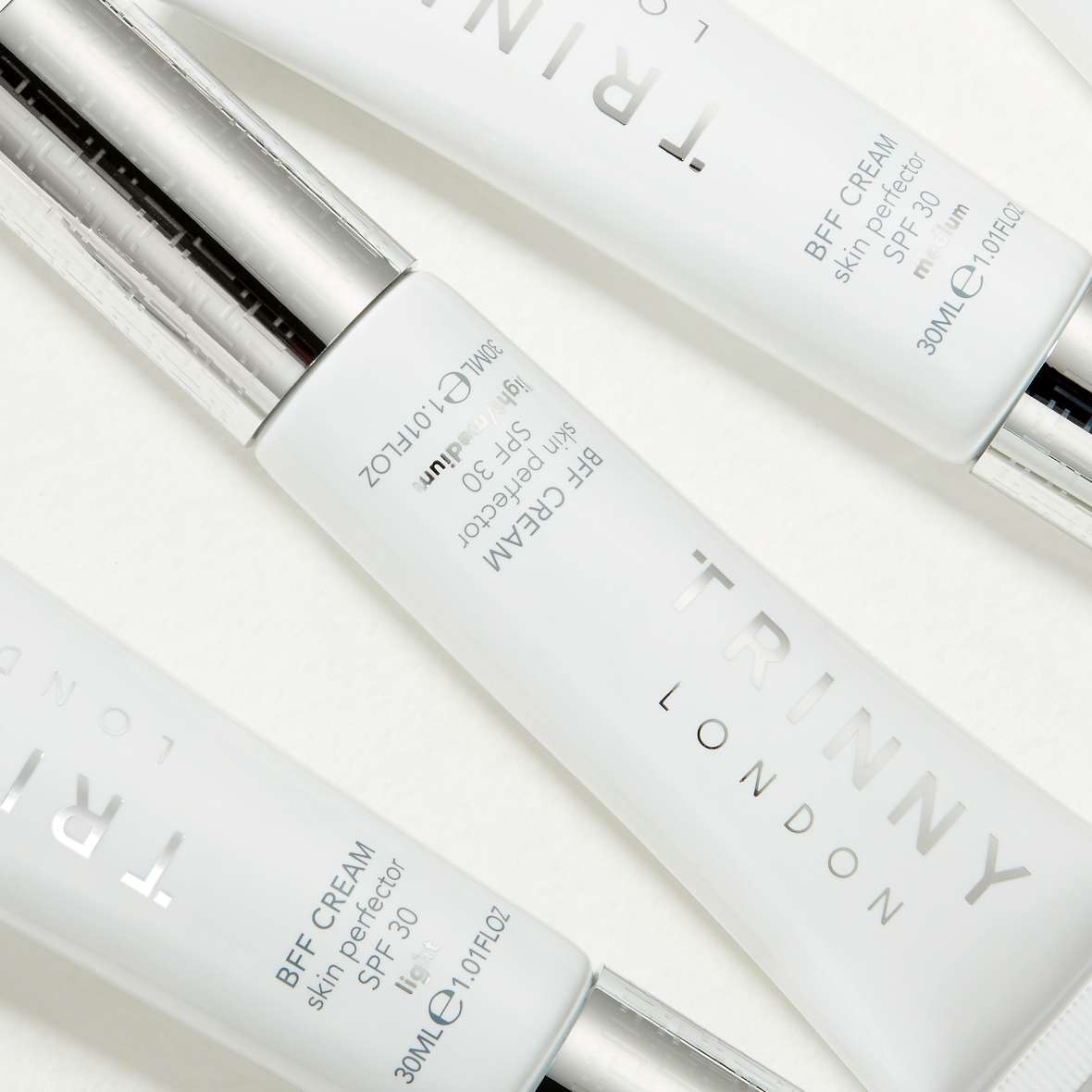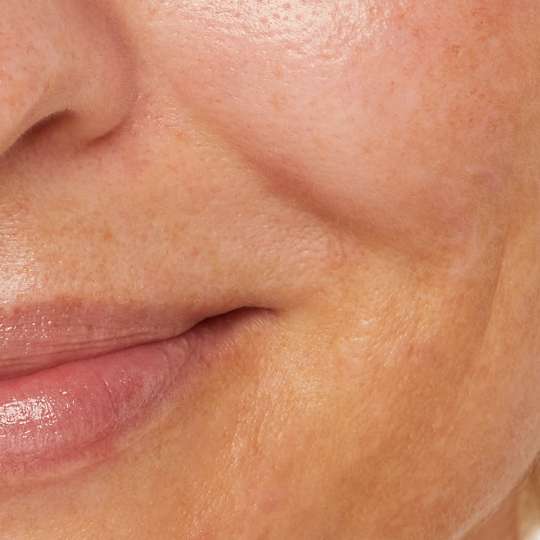

How do UV rays impact the skin?
UV rays are essential for us but can be harmful if we don’t take the right precautions. There are two types of UV which reach the surface of the earth. Let’s start with UVA rays. These are the longest, and can penetrate deeper into the skin. They are responsible for photo-ageing, which shows itself in the form of age spots, lack of plumpness and an earlier-than-expected abundance of fine lines and wrinkles. UVA rays make up the majority of rays which reach the earth’s surface, are present all year round and can make their way through clouds.
UVB rays are shorter, but mighty. How intense UVB rays are depends on the time of year, and where you are in the world. They’re at their strongest during the summer and responsible for tanning and burning. If you need an easy way to remember which rays are which, think A for ageing, and B for burning.
UVA rays can cause damage all year round
When you’re outside during the summer months, the need to stay out of the sun between ten and two o’clock, wear a hat and slather your skin in SPF is clear. Skimp on the above and you’re likely to know about it, with a complexion that feels sore and looks red. However sun-damaged skin can creep up on you when you least expect it too: namely when you’re sitting inside by a window.
As UVB rays are short, most of them are absorbed by glass. However, UVA rays are able to penetrate through, quietly ageing your skin. That’s why those who sit by the window, or drive for a living, tend to notice more fine lines on one side of their face. The only caveat to this window rule is windscreens, which are made slightly differently. They’re constructed from a piece of plastic sandwiched between two layers of glass, absorbing the rays before they get to your skin.
For full protection, wear a broad-spectrum SPF of at least 50, to shield your skin from both types of UV rays. Not only will it prevent premature ageing, but also more serious issues like skin cancer. Now, back to people watching…
Shop the article
Read, watch and be inspired...



